Weather forecasting plays a vital role in protecting people and economies from extreme weather events. Globally, trillions of dollars each year depend on accurate forecasting.
In the US alone, about a third of the economy (or $3 trillion) is affected by weather and climate.
As climate change increases uncertainty, the role of artificial intelligence (AI) in improving forecasting is gaining increasing attention.
Traditional forecasting mechanism
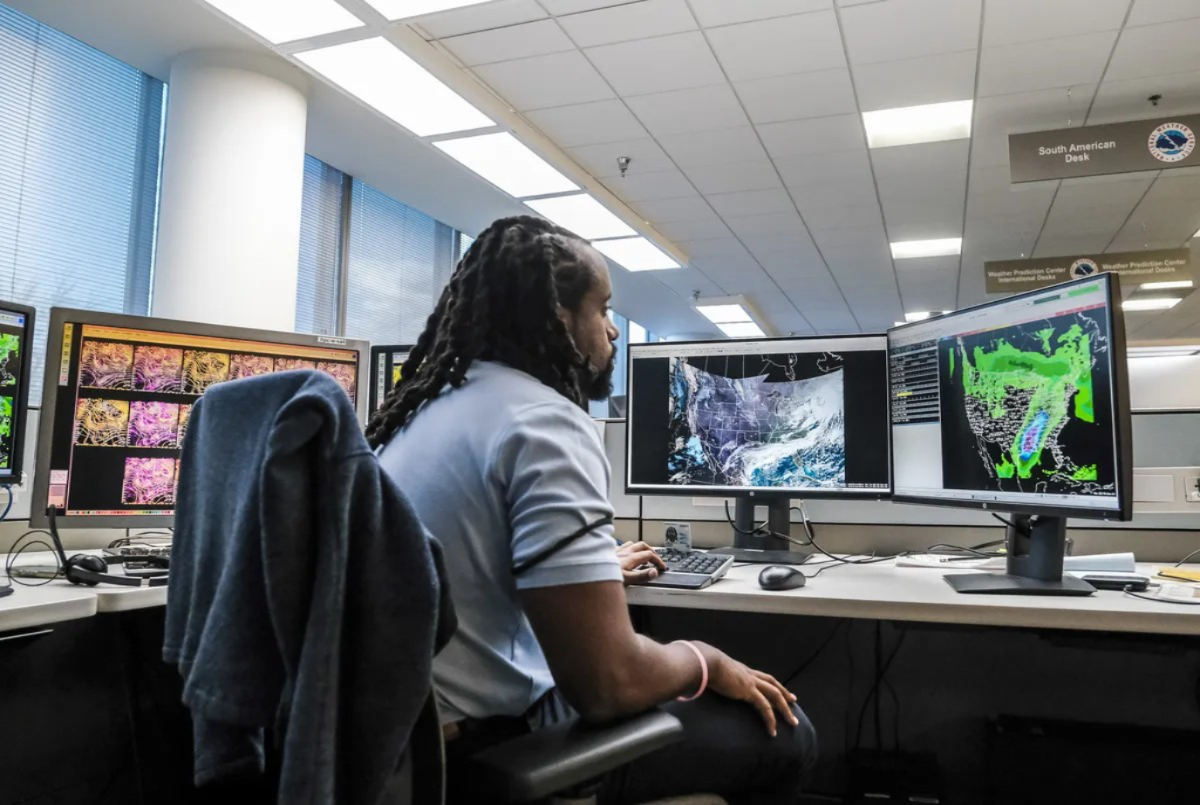
Modern weather forecasting is based on a series of measurements from balloons, satellites, commercial aircraft, ships, and many other observational devices.
Data from these sources are synchronized through a technique called “data assimilation” to create the most accurate picture of the current state of the atmosphere.
The system works by feeding data into a physical model programmed into a supercomputer. The Earth is divided into a three-dimensional grid, each containing equations describing air movement. The model then calculates future developments.
Forecasts are updated every few hours to ensure that the inputs reflect the latest atmospheric conditions. However, even a small initial error can lead to large errors in the forecast – a phenomenon known as the butterfly effect.
AI: Alternative and Complementary Approaches
From 2022, AI-powered weather models will become more common. Rather than relying on physics equations, AI models learn from historical data to recognize patterns and make predictions. This process is less computationally intensive.
Companies like Google DeepMind, Nvidia, and meteorological organizations like the European Center for Medium-Range Forecasts (ECMWF) and the US National Oceanic and Atmospheric Administration (NOAA) are developing AI models for weather forecasting. DeepMind’s GraphCast has outperformed traditional methods in predicting storm tracks in the Pacific and Atlantic Oceans for 2021-2024. Nvidia has CorrDiff, a model that uses AI to generate detailed forecasts at a much lower energy cost.
The advantages of AI in weather forecasting
AI is expected to help overcome the inherent limitations of traditional models, especially in the three areas of hyperlocal forecasting, tropical rainfall forecasting, and medium-term forecasting.
With hyperlocal forecasting, phenomena like localized thunderstorms or tornadoes are difficult to simulate accurately with traditional models due to their low resolution. AI can increase forecast detail without the need for expensive supercomputers.
For tropical rainfall forecasting, equatorial regions still face challenges in predicting rainfall due to lack of observation equipment and unique rainfall system characteristics. AI helps detect patterns even with limited input data.
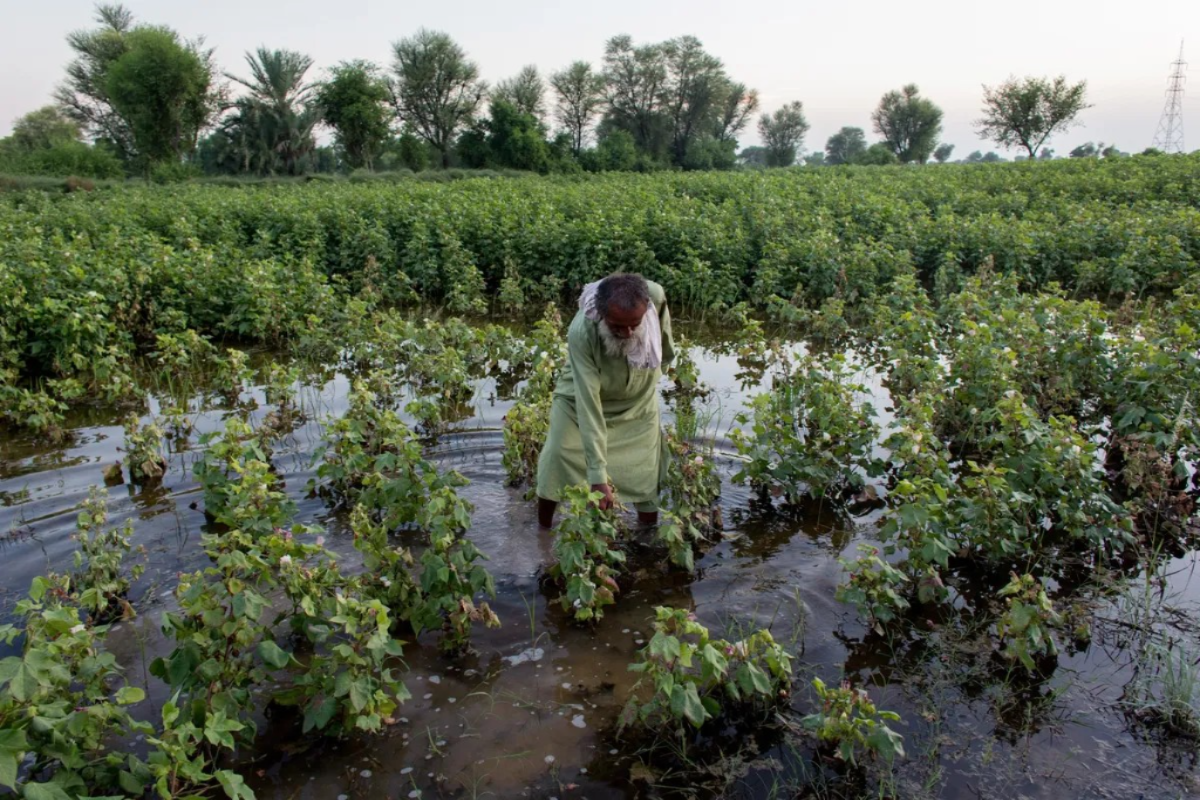
For medium-term forecasting (2 weeks to 3 months), this time period is crucial for agriculture and energy markets but is poorly modeled. Some research from Fudan University (China) shows that AI can improve forecasts of the Madden-Julian oscillation, a phenomenon that affects rainfall and temperature weeks later.
Integrating AI in the forecasting chain
AI not only replaces models but also supports many other steps in the forecasting process. For example, with the data collection step, AI expands the scope of observations, including non-meteorological factors such as urban layout, energy consumption, and human behavior. ECMWF uses AI to forecast wildfires based on human activity and fuel conditions.
AI can also help process satellite images: The Hong Kong Observatory (China) uses computer vision to analyze rain radar, thereby predicting the direction and speed of cloud movement.
With the data post-processing step, AI helps calculate specific outputs from a general forecast, such as how much electricity a wind turbine will produce.
To improve traditional forecasting, the Met Office uses machine learning to increase forecast accuracy while increasing usefulness to end users.
While AI holds great promise, experts say it will likely complement and not replace traditional physics models. This is because AI relies on vast troves of historical data—much of it obtained through physical observations and modeling.
AI development also needs to ensure transparency, reasonable usage costs and operability within the national forecasting system.
AI will be the new link in the forecasting technology chain, helping to increase accuracy, reduce costs and expand the ability to predict future weather.
In an increasingly volatile weather environment due to climate change, combining AI and traditional science will be key to more modern, sustainable and inclusive forecasting systems.
(According to Bloomberg)

Source: https://vietnamnet.vn/vi-sao-ai-du-bao-thoi-tiet-chua-the-thay-the-phuong-phap-truyen-thong-2423878.html


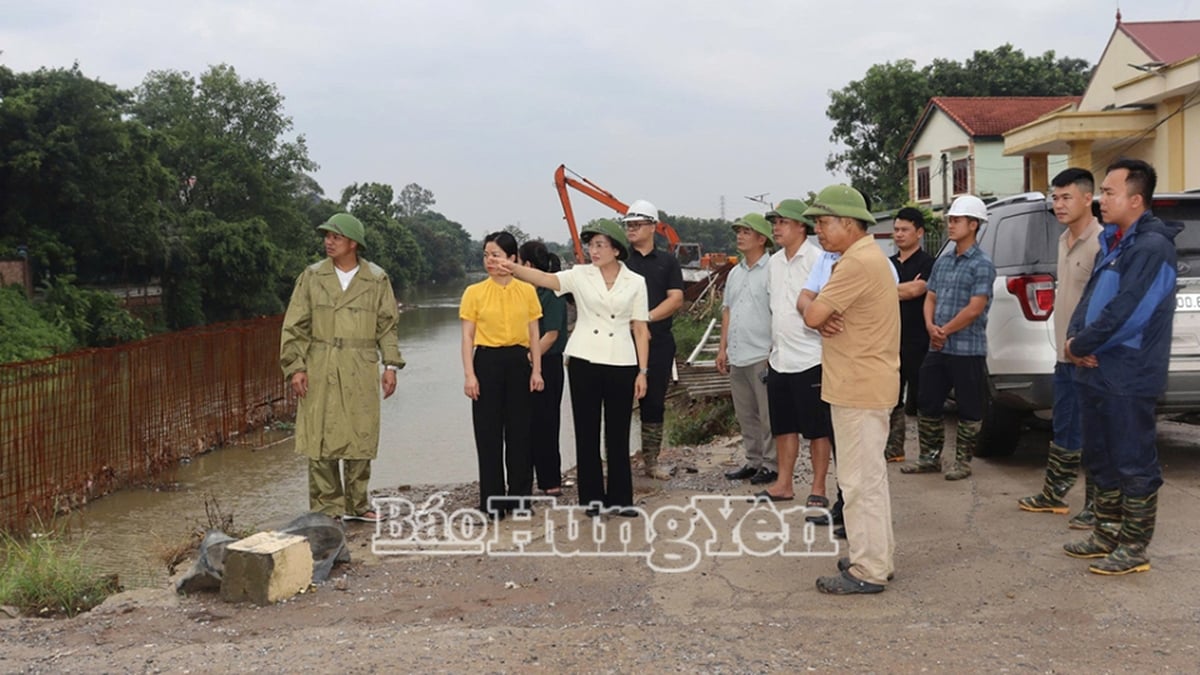
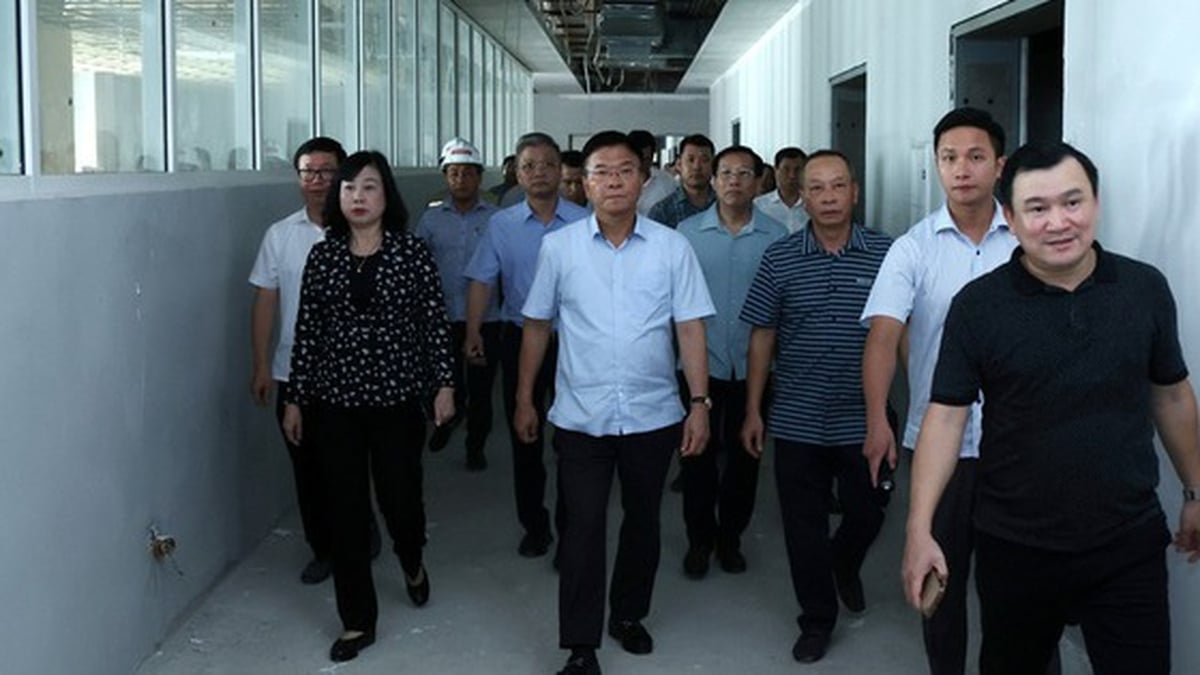




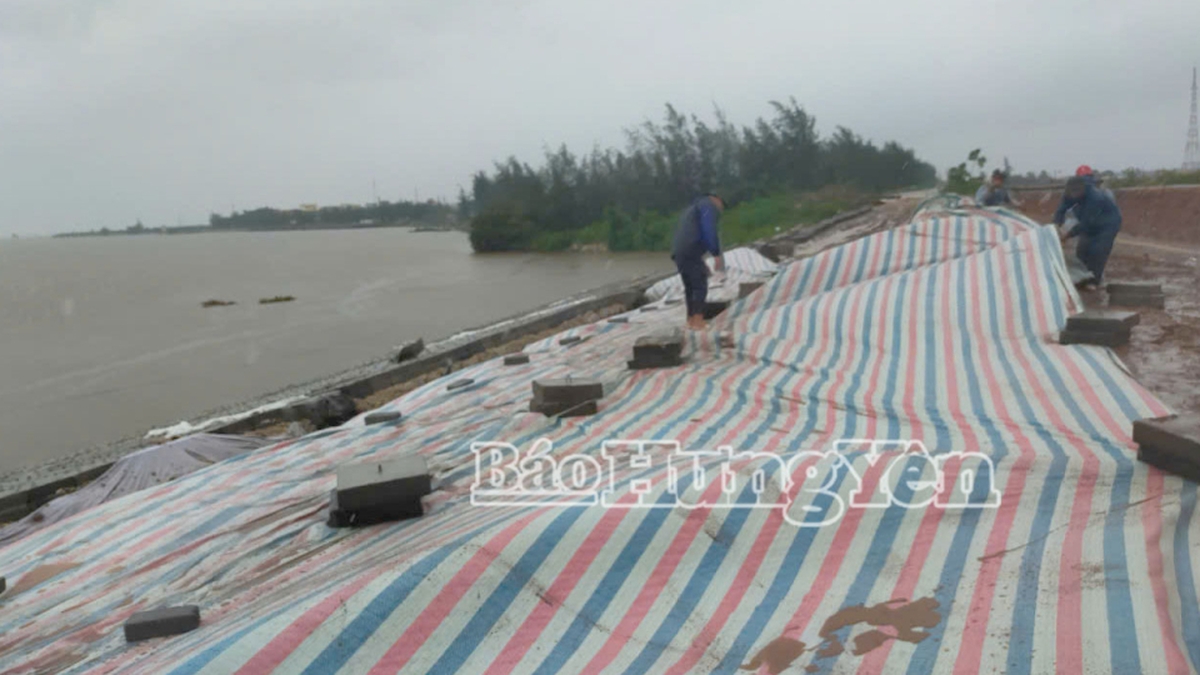
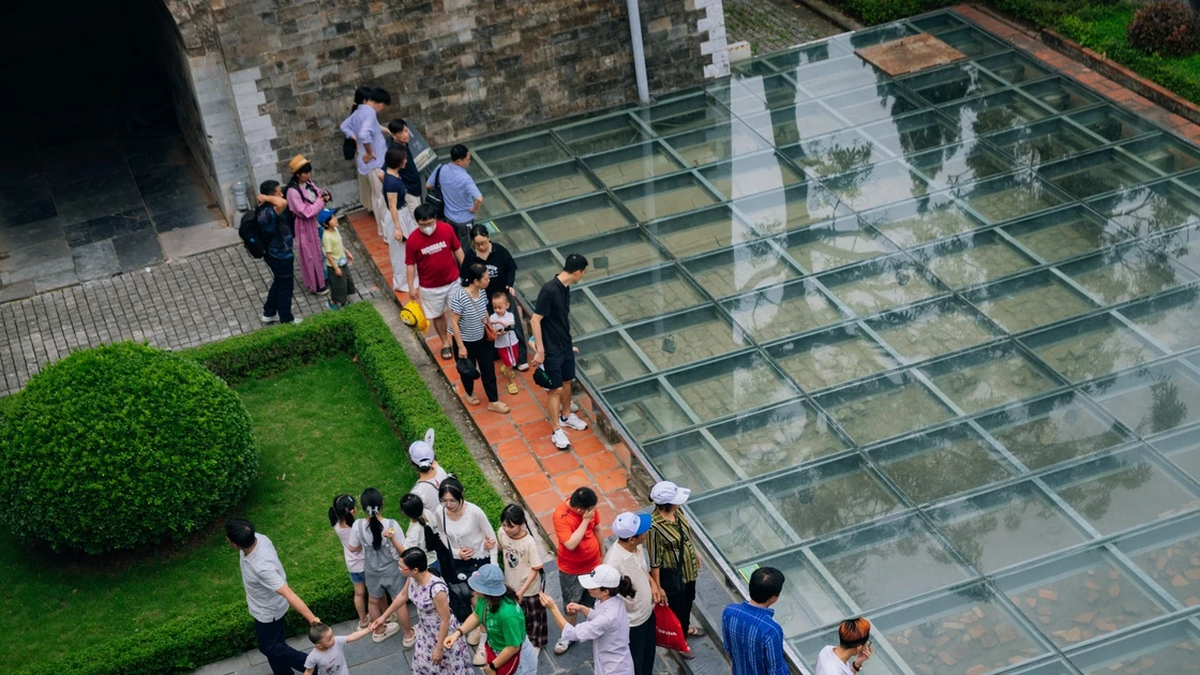
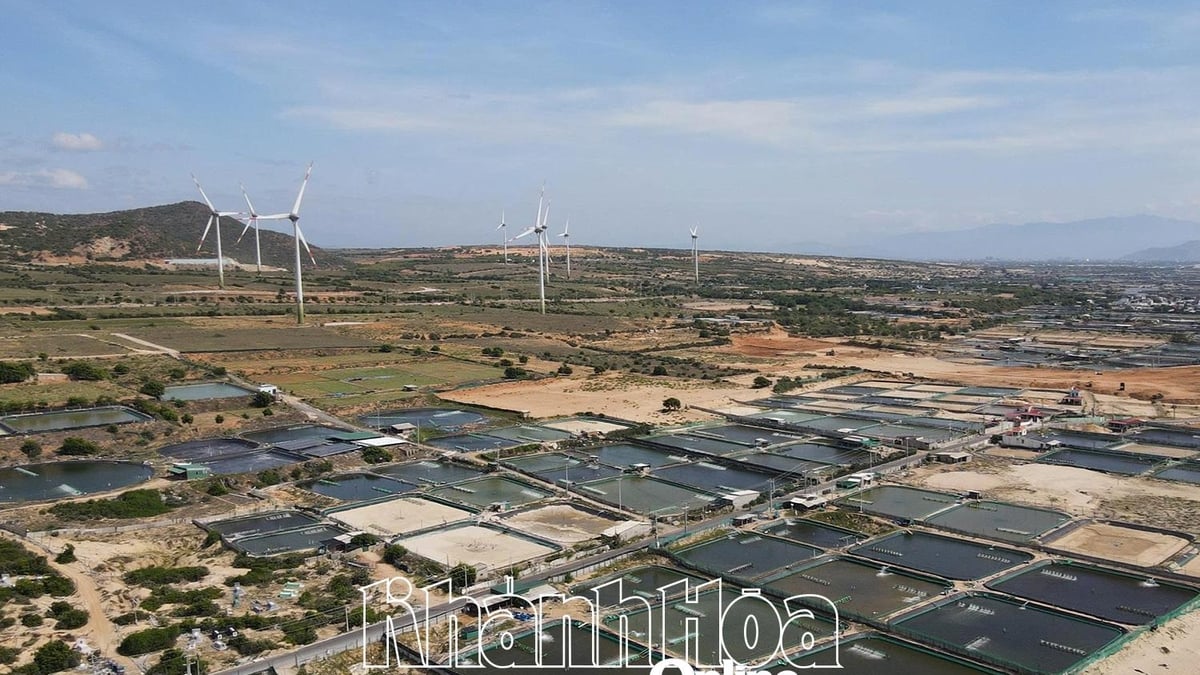
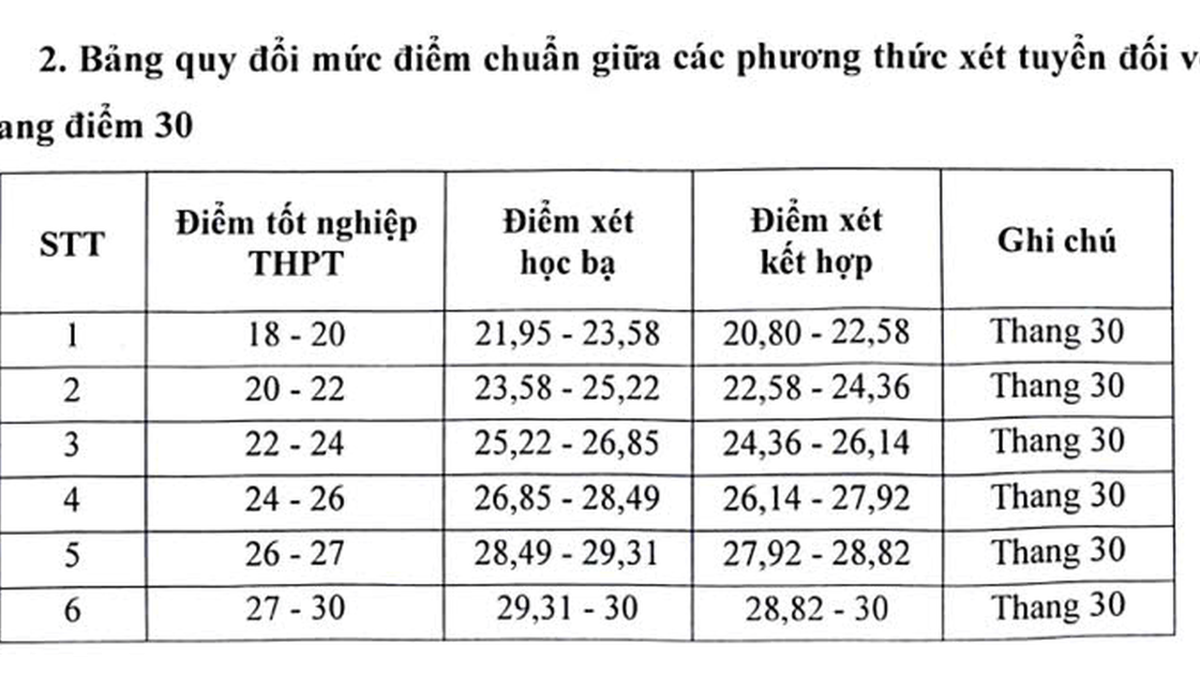











![[Photo] National Assembly Chairman Tran Thanh Man visits Vietnamese Heroic Mother Ta Thi Tran](https://vphoto.vietnam.vn/thumb/1200x675/vietnam/resource/IMAGE/2025/7/20/765c0bd057dd44ad83ab89fe0255b783)














































































Comment (0)